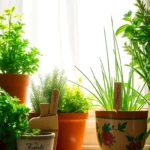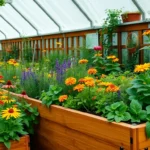Imagine a space where the constraints of seasons fade away, and the joy of nurturing plants thrives year-round. Welcome to the world of greenhouse gardening—a haven for both budding enthusiasts and seasoned green thumbs looking to extend their growing potential. Whether you’re dreaming of cultivating tropical treasures in cold climates or simply yearning to enjoy homegrown vegetables during the chilly months, a greenhouse can transform your gardening experience. This article will guide you through the essentials, offering insights that cater to both novices and veterans in the art of greenhouse cultivation.
For those just starting their gardening journey, a greenhouse can seem like an intimidating endeavor, yet it holds the promise of a controlled environment where learning and experimentation are encouraged. Meanwhile, experienced gardeners will find that a greenhouse offers expanded opportunities to refine their skills and tackle new challenges. We will explore everything from selecting the right structure to understanding the nuances of temperature and humidity control. By the end of this guide, you’ll have a comprehensive roadmap to create a thriving greenhouse garden tailored to your unique needs and aspirations.
In the sections that follow, you’ll discover tips for choosing the best location, selecting the optimal plants, and mastering the balance of nutrients and watering. We’ll delve into the specifics of maintaining a healthy environment, ensuring your plants not only survive but flourish. With thoughtful advice and practical steps, this article aims to make the journey into greenhouse gardening both accessible and rewarding. Let’s embark together on this adventure, turning the vision of a personal plant paradise into a vibrant reality.
Select an Ideal Greenhouse Site
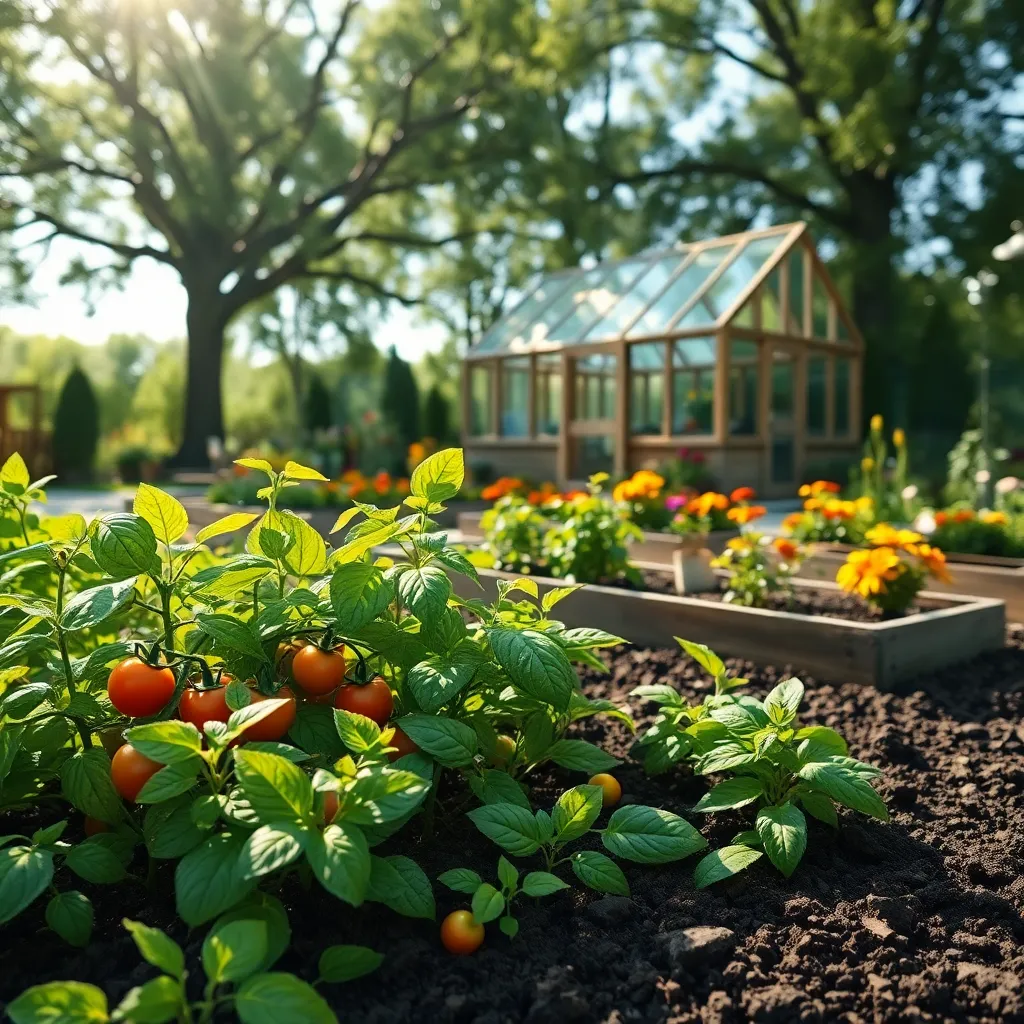
Finding the right location for your greenhouse is crucial for the success of your garden. Look for a site that offers maximum sunlight exposure, ideally facing south or southeast, to ensure your plants receive sufficient natural light.
Avoid placing your greenhouse near large trees or buildings that can cast shadows and block sunlight. Consider wind protection as well, since a sheltered location can help prevent temperature fluctuations and reduce heating costs.
It’s also essential to have easy access to water and electricity for your greenhouse. Installing a nearby water source will make watering your plants more convenient, and having an electrical outlet will be beneficial for heating or additional lighting if needed.
For those in colder climates, consider installing thermal mass, such as water barrels, to capture and release heat during the night. This advanced technique can help maintain a stable temperature, promoting healthy plant growth even in chillier conditions.
Plan the Greenhouse Layout

To begin planning your greenhouse layout, consider the types of plants you wish to grow and their specific space requirements. Some plants, like tomatoes, need ample vertical space, while others, such as lettuce, can thrive in smaller containers stacked vertically.
Next, think about how to organize your greenhouse for optimal sunlight exposure, as different plants have varying light needs. Position taller plants on the north side to prevent them from shading shorter ones, ensuring all receive adequate light.
Incorporating a strategic watering system is crucial for plant health. Drip irrigation systems are highly effective for greenhouses as they provide consistent moisture directly to the plant roots, minimizing water waste and reducing the risk of disease.
Lastly, use benches and shelving to maximize space and create a more efficient working environment. Adjustable shelving allows you to accommodate different plant heights and make the most of your vertical space, enabling you to grow a larger variety of plants.
Install Proper Ventilation Systems

Proper ventilation is essential for maintaining a healthy environment inside your greenhouse. Ventilation helps regulate temperature, humidity, and air quality, preventing problems like mold growth and overheating.
To begin, install ventilation systems that include both intake and exhaust options. Rooftop vents and sidewall louvers are effective in allowing hot air to escape and cool air to enter the greenhouse.
For beginners, consider using automatic vent openers, which adjust based on temperature changes. These devices require no electricity and use a wax cylinder that expands and contracts to open and close vents as needed.
Advanced gardeners might incorporate integrated climate control systems that automate both ventilation and shading. This can include thermostats and sensors to provide precise control over the greenhouse environment, optimizing plant growth conditions.
For a cost-effective solution, install fans to promote air circulation. Oscillating fans can help distribute air evenly throughout the greenhouse, reducing the risk of hot spots and ensuring fresh air reaches all plants.
Prepare Quality Soil Mixture
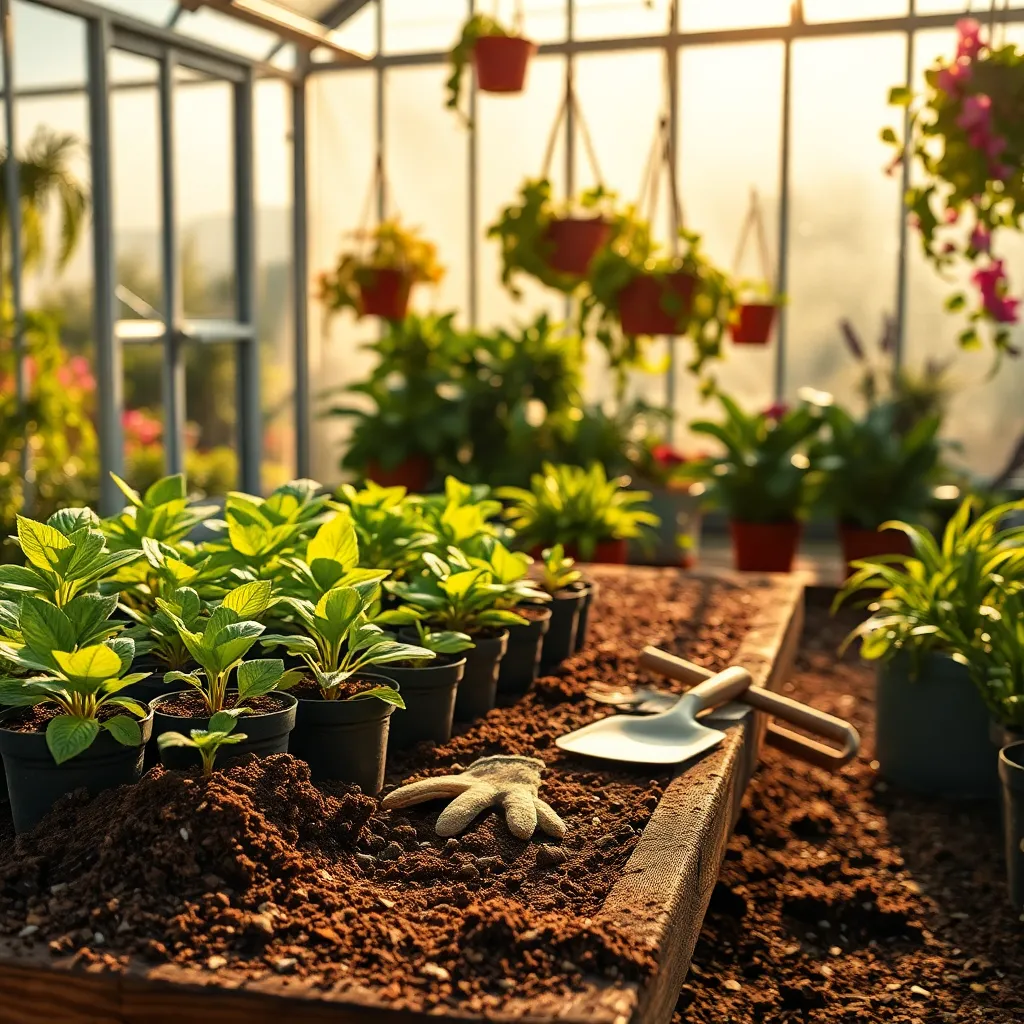
Creating a quality soil mixture is crucial for a thriving greenhouse garden. Begin by selecting a balanced blend of organic matter, sand, and loam to ensure proper drainage and nutrient availability.
To enhance soil fertility, incorporate well-decomposed compost into your mixture, which will supply essential nutrients and improve soil structure. Experienced gardeners might also consider adding a small amount of worm castings for an extra nutrient boost.
For a more tailored approach, conduct a soil test to determine the pH level and nutrient content. Adjust these factors accordingly by adding lime to raise pH or sulfur to lower it, ensuring that your plants thrive in their optimal conditions.
Consistency in soil moisture is key; ensure your soil mixture retains enough water without becoming soggy. Use a combination of perlite or vermiculite to improve aeration and moisture retention, providing a perfect environment for root development.
For those growing a variety of plants, consider using separate soil mixtures tailored to specific plant needs, like a well-draining mix for cacti and succulents. This attention to detail will help accommodate diverse plant requirements and promote healthy growth.
Choose Suitable Plant Varieties
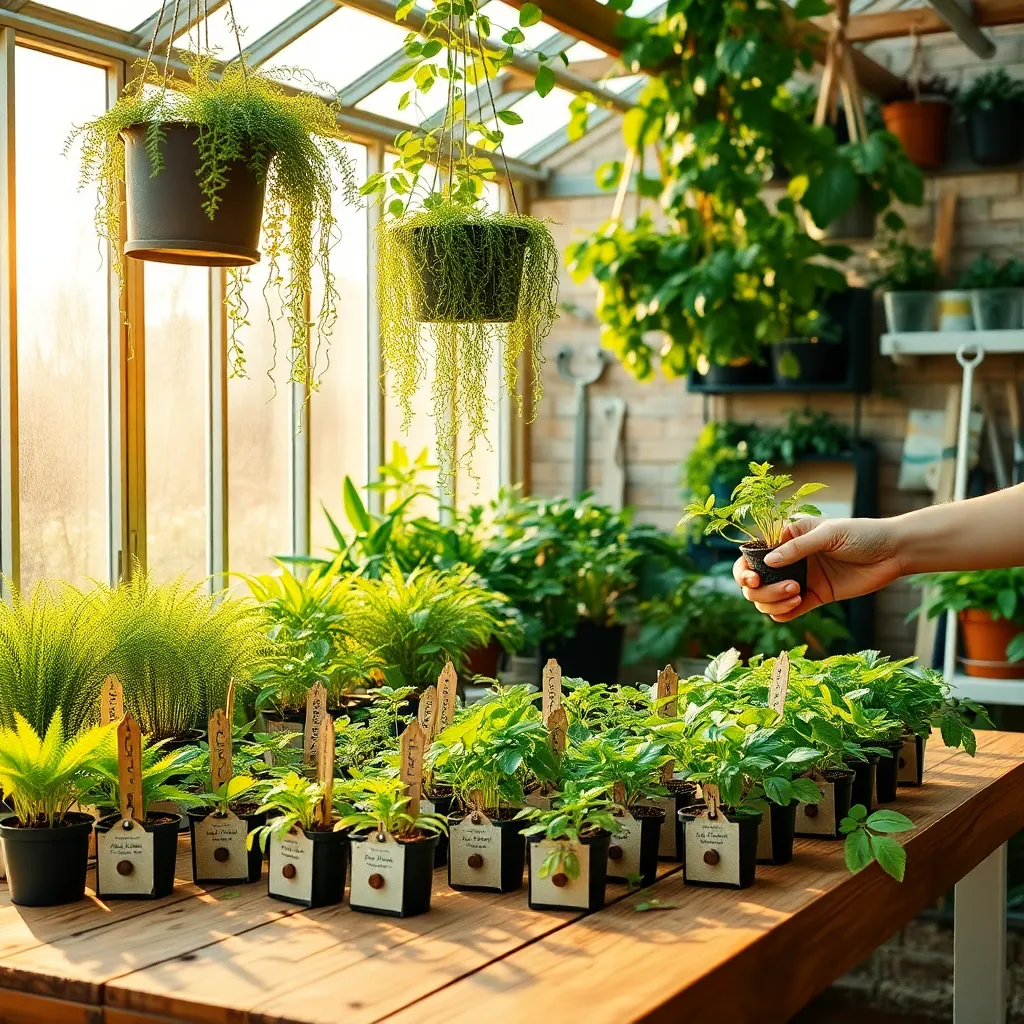
Choosing the right plant varieties is crucial for a successful greenhouse garden. Consider your climate zone and the growing conditions you can provide within your greenhouse to ensure that your plants will thrive.
Beginners should start with hardy, easy-to-grow plants like lettuce, spinach, or radishes. These plants require minimal care and can tolerate a range of conditions, making them ideal for those still learning the ropes of greenhouse gardening.
For more experienced gardeners, try experimenting with more challenging varieties such as orchids or citrus plants. These require specific conditions like precise humidity levels and temperature control, which can be adjusted within a greenhouse setting.
It’s also important to consider the space available in your greenhouse. Compact plant varieties like dwarf tomatoes or bush beans can be excellent choices when space is limited, allowing you to maximize your growing area efficiently.
To ensure optimal growth, research the specific light, water, and soil requirements of each plant variety you choose. Consistent monitoring and adjusting of these conditions will help you maintain a healthy and productive greenhouse garden.
Conclusion: Growing Success with These Plants
Embarking on the journey of starting a greenhouse garden can draw insightful parallels to nurturing relationships, fostering both growth and resilience. We explored key concepts: the importance of creating a nurturing environment, the balance of giving and receiving, the value of patience and understanding, the role of communication in thriving growth, and the significance of consistent care and attention. Each of these principles is as vital in a garden as they are in building strong, lasting relationships.
As an actionable next step, why not take a moment today to apply one of these concepts? Perhaps initiate a heartfelt conversation with someone you cherish or dedicate time to actively listen and support their dreams. Small steps can lead to monumental changes.
Remember, relationships, much like gardens, flourish with care and commitment. Bookmark this article so you can revisit these insights whenever you need a gentle reminder or encouragement.
By prioritizing these principles, you’re planting the seeds for a future where your relationships grow abundantly. Embrace this journey, for the connections you cultivate today will bear the fruits of happiness and fulfillment tomorrow.



